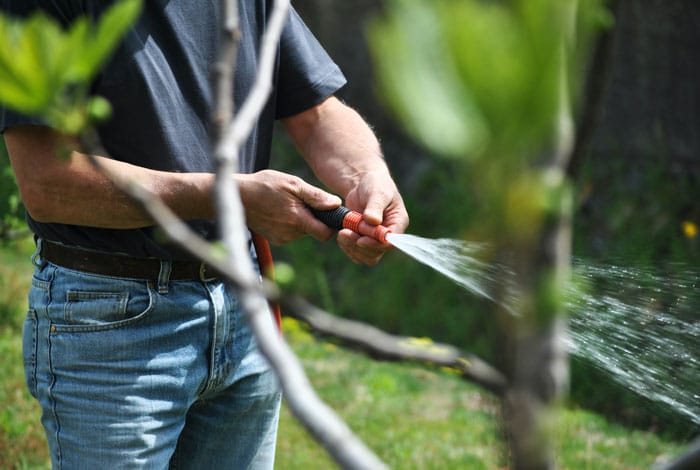Keeping Your Water Safe from Contamination
A Cross Connection is the actual or potential connection between the drinking water system and with any other source that threatens the quality of water.


Backflow is the unintended reversal of water within a drinking water system. Backflow events are caused by low-pressure or high-pressure events.
Low supply pressure creates situations where contaminates could be drawn into the plumbing system. These events may be caused by firefighting activities, water line failures or water line shutdowns.
High pressure events are caused when downstream pressure is higher than the supply pressure. These events are commonly caused by internal pumps or equipment located within a facility or premise.
The Uniform Plumbing Code and Washington Administrative Code WAC 246-290-490 requires specific equipment to be installed to protect against backflow events. This equipment is referred to as “Backflow Assemblies” and they are specifically designed to protect against the type of hazard that may exist. The risk is further mitigated by insuring backflow prevention assemblies are tested annually and maintained in good working order.

Frequently Asked Questions
Wherever a plumbing fixture is connected to the drinking water supply, a potential cross connection exists. Some examples are: Wash basins, sinks, dishwashers, garbage disposals, boilers, irrigation systems, fire protection system, pools, and hose bibbs (faucet to which a hose may be attached or buried yard hydrants).
Most multi-family units, along with all commercial and industrial properties are required to have a backflow prevention assembly. Single-family residences may have a broad variety of hazards to mitigate. Examples are Fire protection system, irrigation, boiler, Three ascending floors above the water meter elevation.
Yes. State law requires that a certified backflow assembly tester shall test all backflow assemblies at the time of installation and annually thereafter. Unless the assembly is moved or repaired, then the assembly will need to be retested afterwards.
Backflow prevention assemblies must be tested by a certified backflow technician. For a list of certified testers, click here.
If you do not test your backflow assembly on an annual basis, and when notified to do so by the District, your water service may be terminated to protect the public water system.